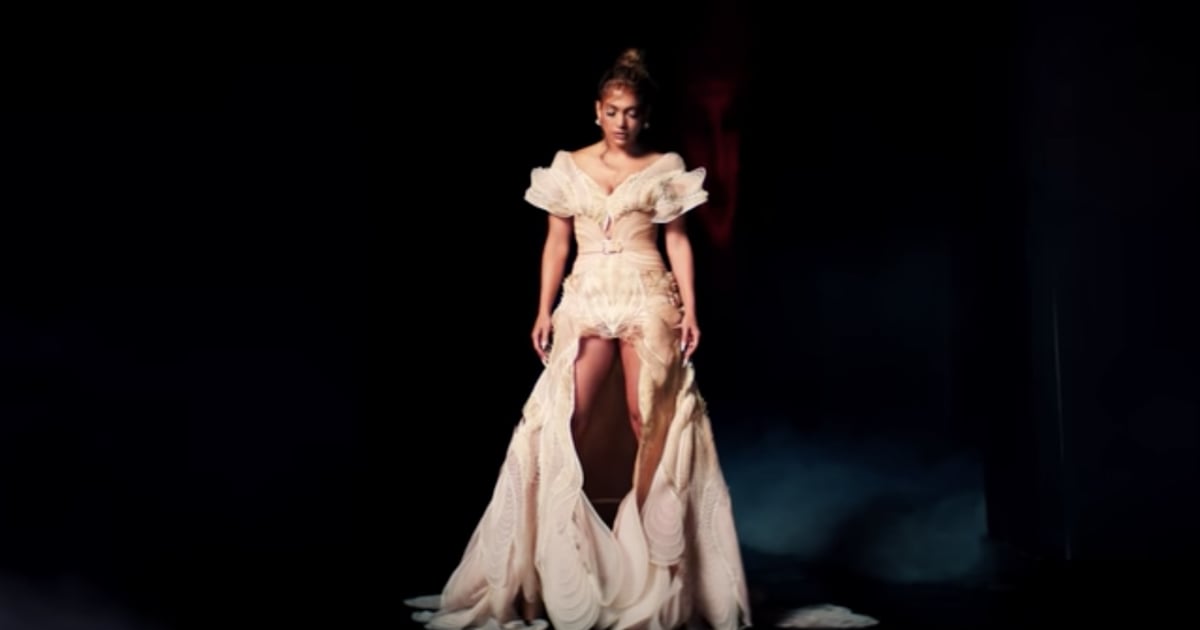

“Lambada” is a catchy enough tune to propel it to number one, but it’s everything around it that pushed it to ubiquity. Quite the feat for a tune sung entirely in Portuguese. It also peaked at number 46 on the Hot 100 in 1990 and ended selling 5 million copies worldwide. Soon enough, it was topping the charts in Europe, followed by Latin America, and finally, the United States when “Lambada” hit number one on the Billboard Hot Latin Chart and spent seven weeks in that position.

Kaoma dropped the song of the summer in July 1989, a catchy Brazilian track accompanied by a racy video that made an instant impression. The story at first seems pretty straight.

To put it in context, picture the conservative media reaction to “WAP,” then imagine major motion picture studios releasing multiple films based on the song only to find out nothing about the song was real. Looking back, it’s far from a product of its time, since the discourse then echoes in cultural products of our time. While “Lambada” might be a dated artifact of the dawn of the ‘90s, at the time it was a cultural watershed moment, a global Latinx music hit when those were not as common as they are today, a bastion of public moral decency that reeked of classist and racist connotations, and an example of when a fad could be taken too far. In 2020, “Lambada” seems like little more than a bleep in pop culture history it’s hard to picture the massive worldwide phenomenon it was. Welcome to Ponlo En Repeat where we revisit Latinx music history’s biggest hits, misses, and unbelievable moments and how they impact our world today.


 0 kommentar(er)
0 kommentar(er)
